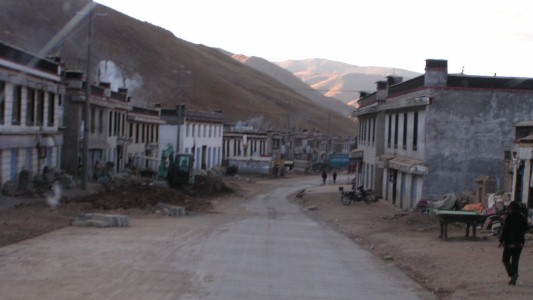
Two storey buildings and slowly increasing population density.

Even the beginnings of grass.
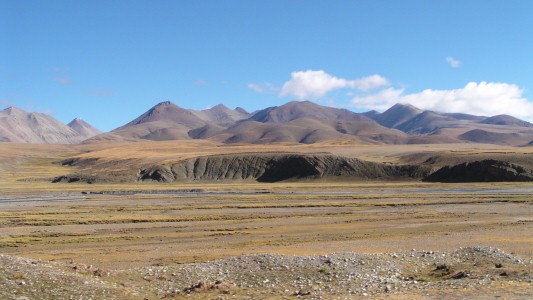
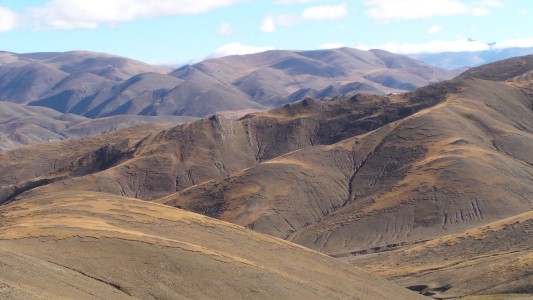
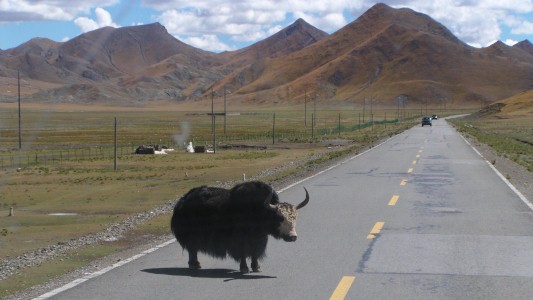
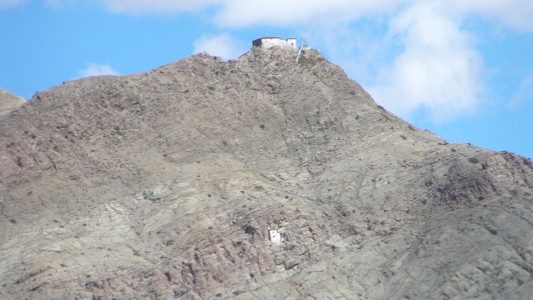
This is the Drasang Monastery.
A sense of moving from where mountains predominate to culture.

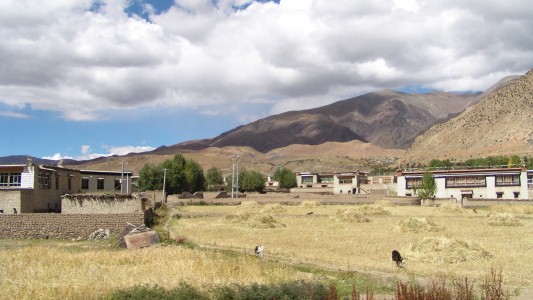
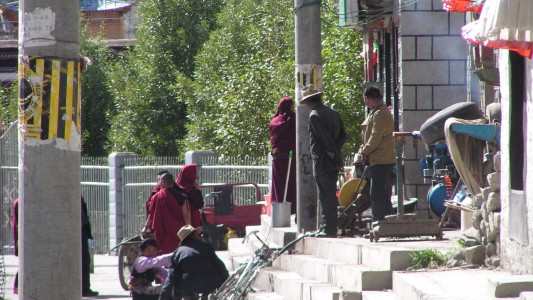
Our first monks.
And people carrying prayer wheels.
After eating and retreating from the crowds we headed further east and found a roadside camp.
Lazi is the junction between our G210, the road from Yecheng, and the G318 (Friendship Highway).
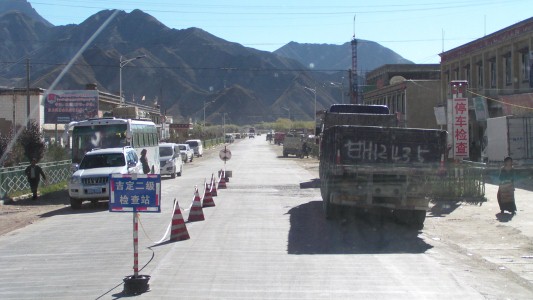

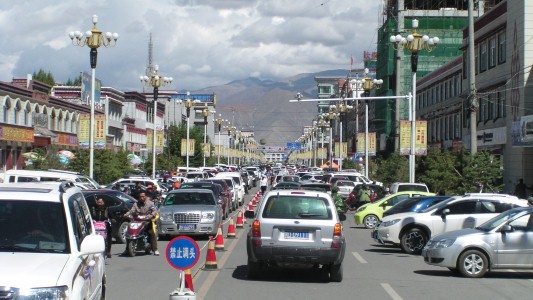
Max speed 30 km/hr.
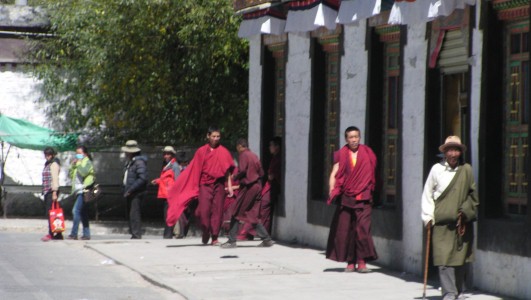
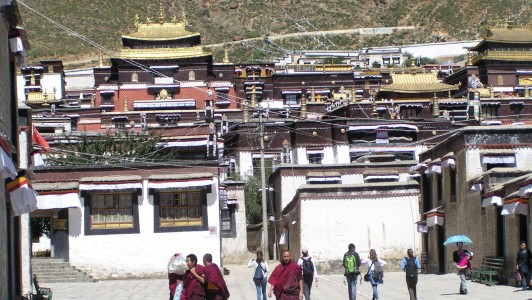
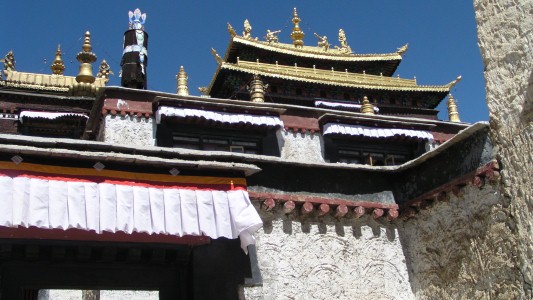
Also the world's tallest copper gilded statue of the seated Matreya.

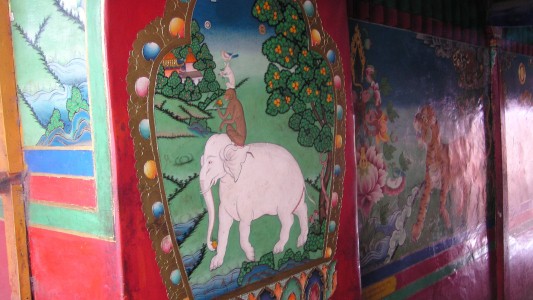
Though we now believe that the "Bhudda To Be" at one time took on the form of a white elephant.
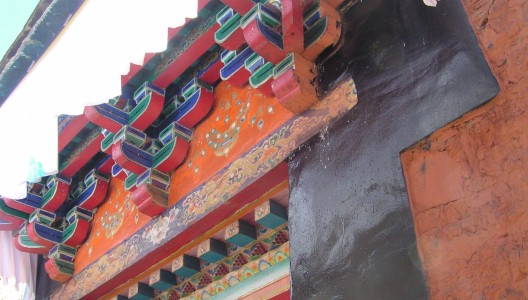
But couldn't help noticing the corbels.
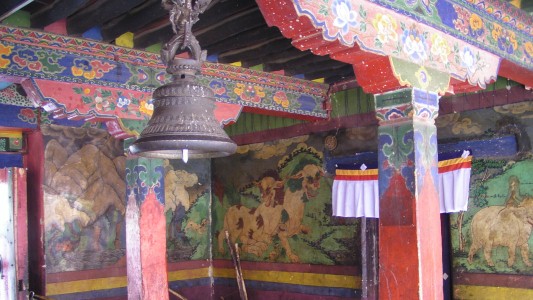
Watching the Tibetan locals approach some rang the bell.
There seemed to be ritual associated with entering the building.
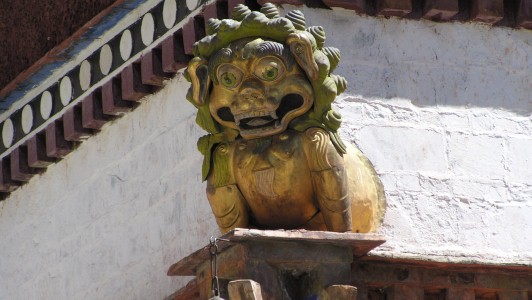
A snow lion?
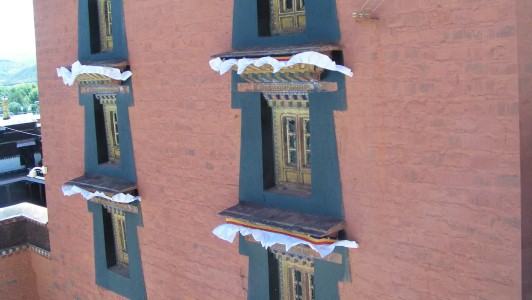
There's also a deeper symbolic meaning for colours within Bhuddism.
The black window frame wards off evil and demons, transforming hate into compassion.
Red has protective qualities, occurring on religious buildings and monks' garments. It transforms passion and attachment into the wisdom of detachment.

Ah ha .... so that's why we have recurring white elephants like the one four photos above. !!!! Presumably nothing to do with the more familiar (to me) western meaning.
This structure is supposedly used to hang banners at festival times.
I think it is an early precursor to the phased array radar we saw at Fylingdales in the UK about 18 months ago.
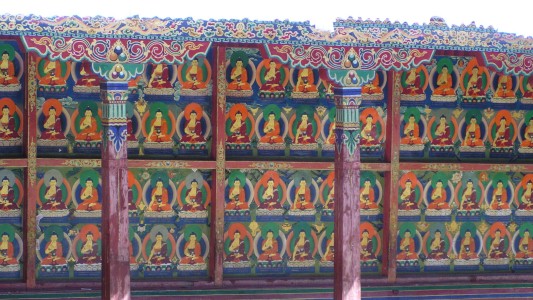
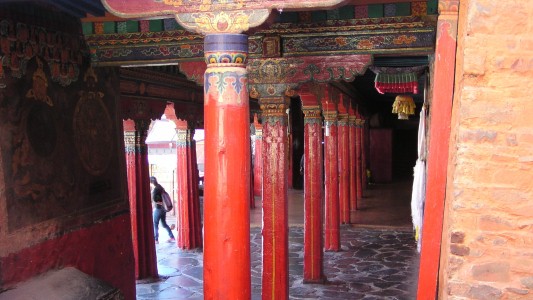
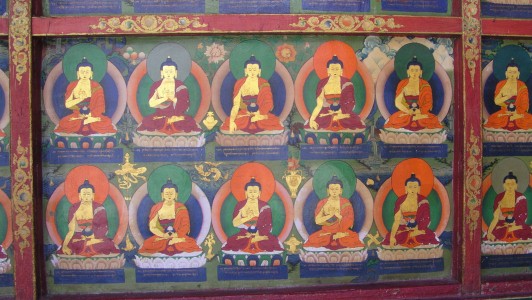
Yellow is symbolic of rootedness, renunciation and earth, transforming pride into the wisdom of sameness.
We haven't seen any saffron robed monks in Tibet.
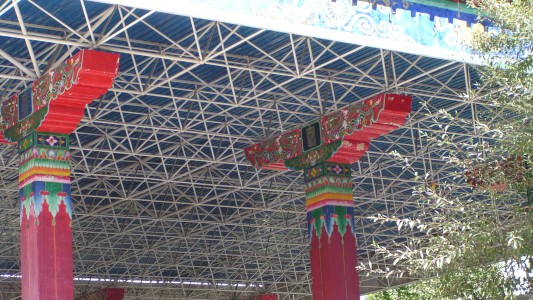
20th century space frame and traditional columns, without the transforming wisdom that at least half of them aren't required for roof support.
Not sure what the symbolic colour for simplifying complexity would be.
Perhaps its absence explains the inordinately high degree of Chinese imposed bureaucracy in Tibet!
Sorry, should have mentioned the Uni I attended had a space frame research institute.
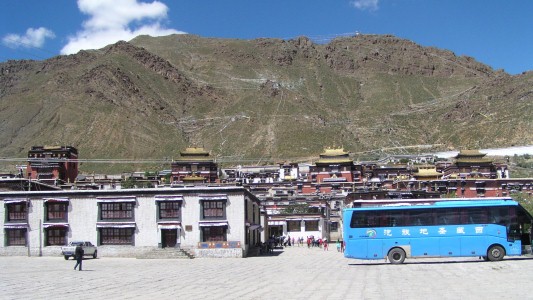
To find a different bus in the view.
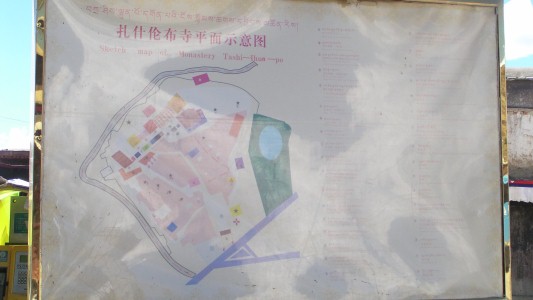
I'd looked, but missed it.
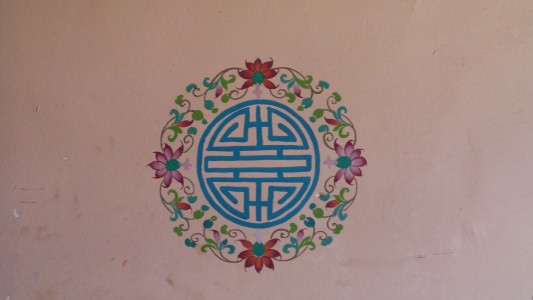
The wheel is a powerful weapon and symbolic of the cycle of life.
Can't quite find a good match for this version on the internet.

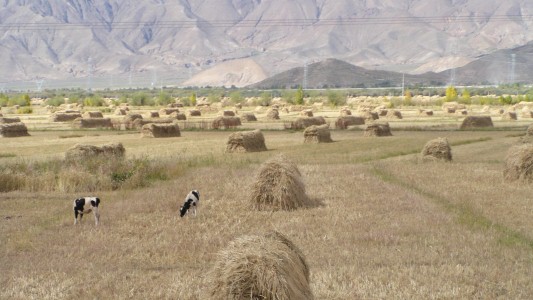
Barley.
Above 4,000m.
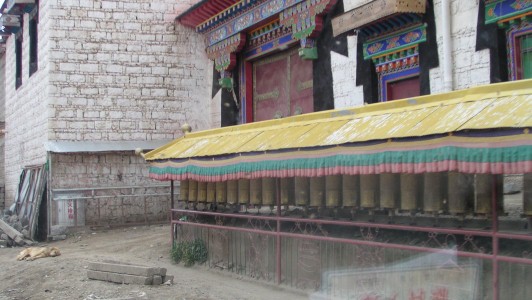
Founder of the Shalu Sect was Poton Reghen Drup.
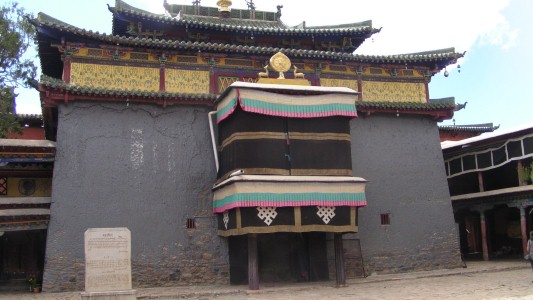
I reverted to observing the "stage" overlooking the square inside the Shalu Monastery
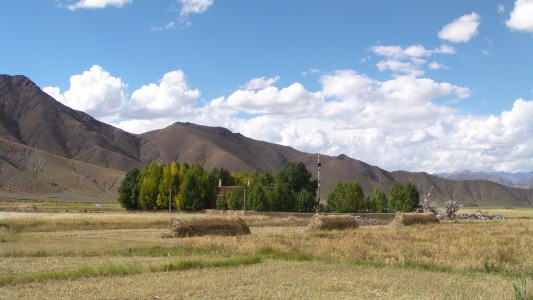
Being lazy we asked and were allowed to camp.
One of those unforgettable experiences as the two resident monks supplied us with yak butter tea and barley wine.
No language in common (they spoke Tibetan, guide spoke Mandarin).
They entertained us with short "movies" on phone of chanting/dancing and mandala making.
Beautiful people!
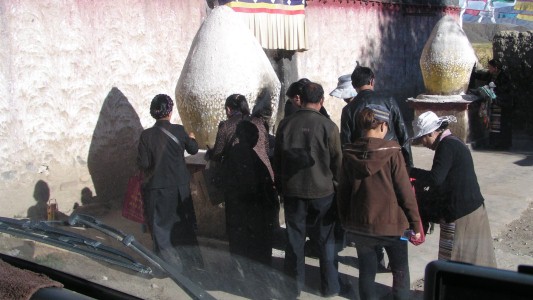
The fires were fed and the ashes used to make thumbprints on the outside of the fireplace.
Perhaps roughly the equivalent of the font of holy water at the entrance to Catholic churches.
Religions universally seem steeped in ritual and symbolism.